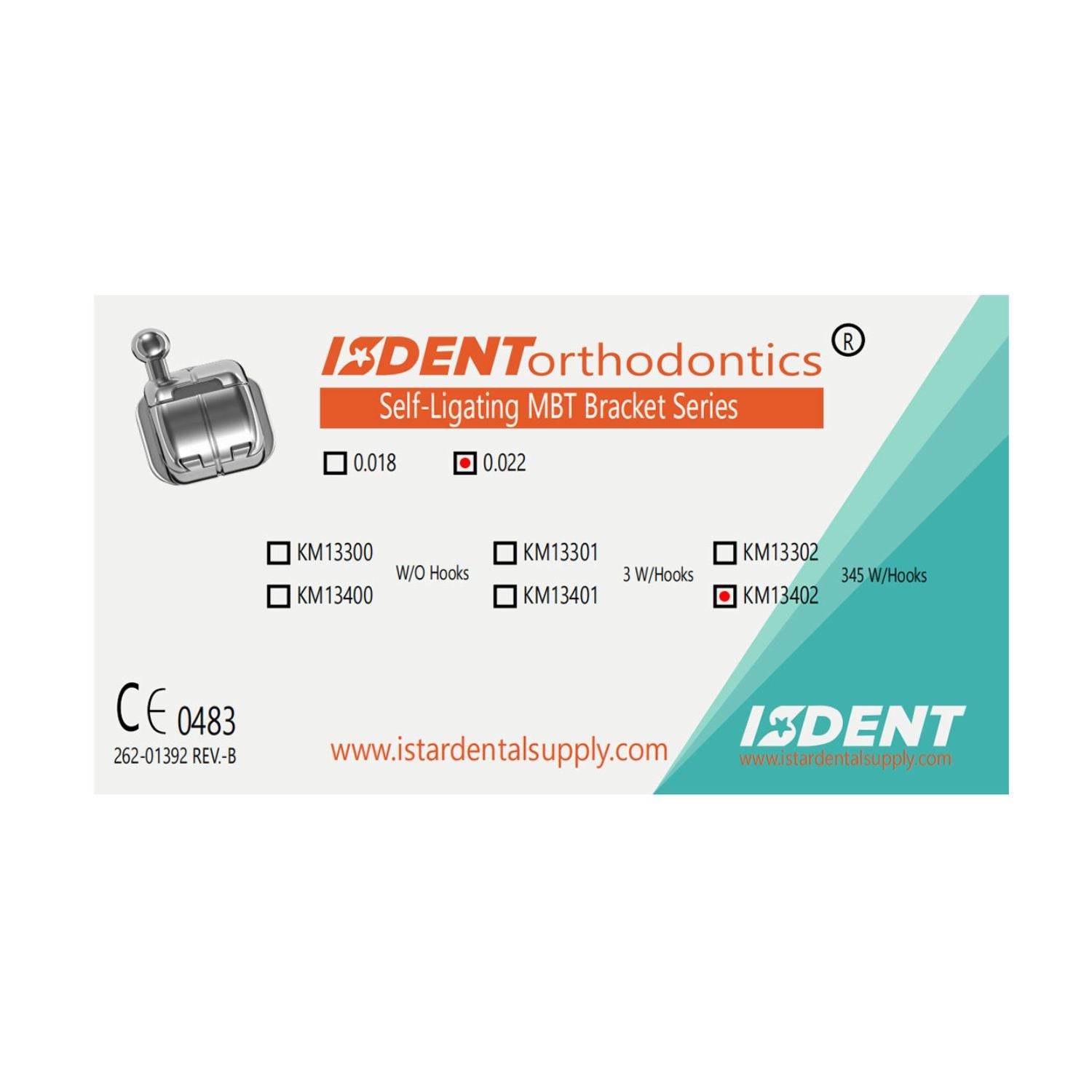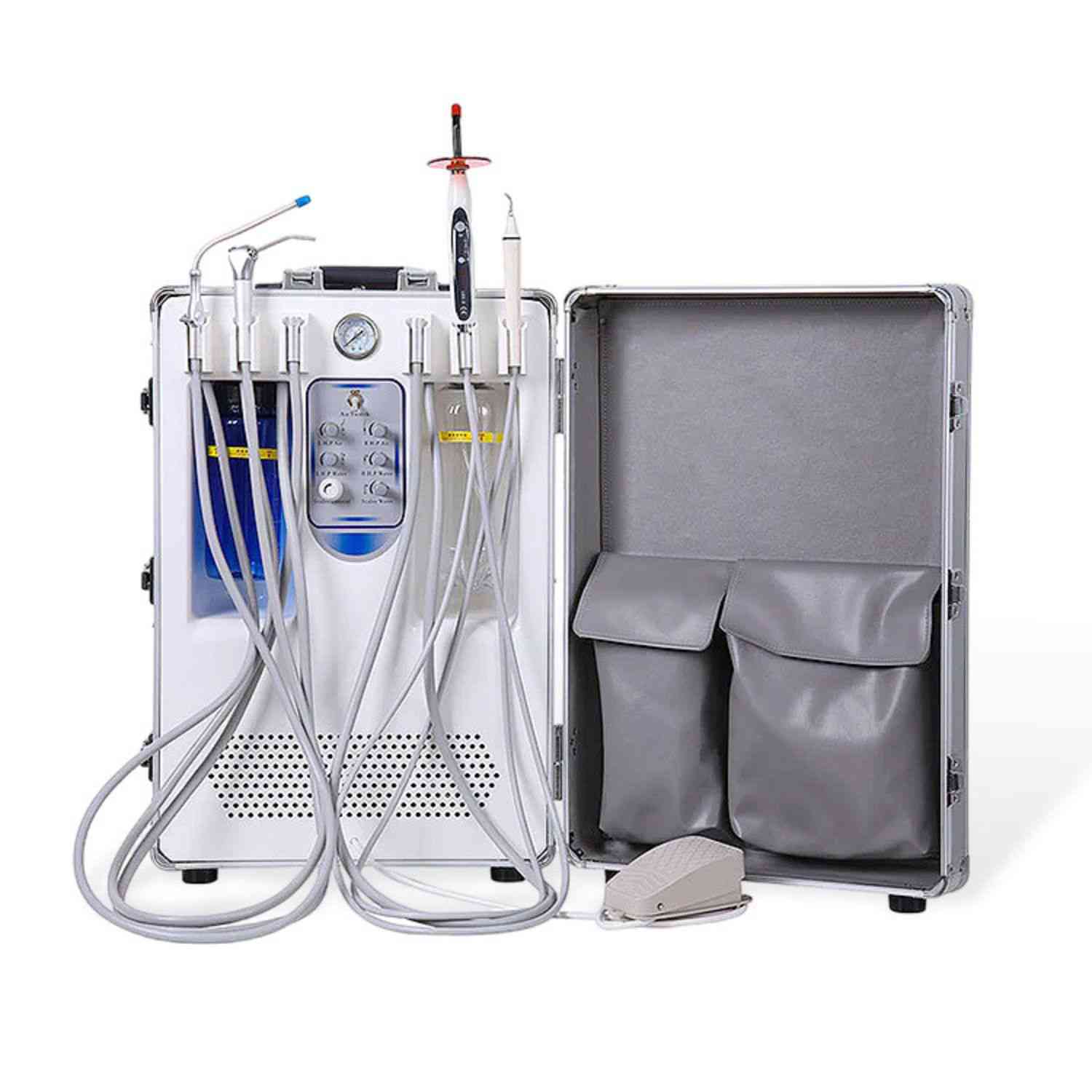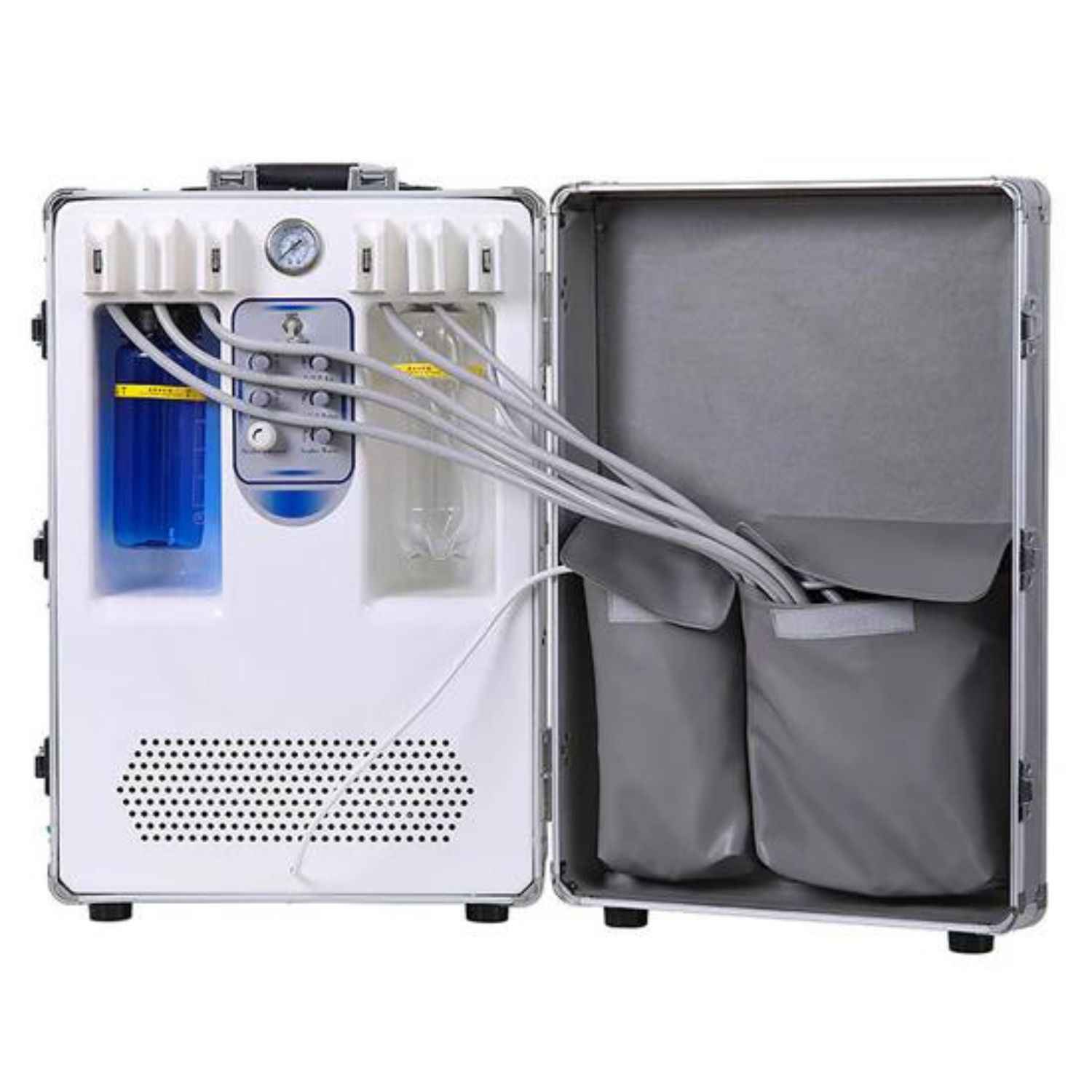How to Check if a Dental Clinic Is Registered (Fast, Clear, and Globally Reliable)
When you’re choosing a dental clinic, “registered and regulated” isn’t just a nice-to-have—it’s patient safety 101. This guide shows you exactly where and how to confirm a clinic’s legal status and the treating professionals’ licenses across major regions, with quick checks you can do in minutes.
-
Why this matters: registration and licensure protect you from unqualified providers, unsafe equipment, and poor infection control.
-
What you’ll get below: a 5-minute verification flow, official registries by country, a comparison table, red-flag checks, and copy-paste scripts for calling a clinic.
The 5-Minute Verification Flow (Two Levels: People & Place)
Most countries regulate people (the dentist/dental team) and, in many places, the place (the clinic/business). You should check both.
-
Check the professional: confirm the dentist’s license on the national or state register (name matches photo/ID, current “active” status, no suspensions). In the UK use the GDC register; in Australia use AHPRA; in Canada use your province (e.g., Ontario’s RCDSO); in Singapore use SDC; in the U.S., use your state dental board.
-
Check the clinic/provider: some countries register or inspect the clinic itself (e.g., England’s CQC; Wales’ HIW; Scotland’s HIS). Look up the clinic by name and read any inspection outcome or “registered activities.”
What “Registered” Looks Like in Your Country
You don’t need to memorize links—just know the type of registry to search. Then search by clinic or practitioner name.
-
United States: dentists are licensed by state dental boards (e.g., the Dental Board of California). Many states also require X-ray machine/facility registration through the state radiation control program (e.g., CA CDPH, Texas DSHS). Business entities can be verified via your Secretary of State website.
-
United Kingdom (England/Wales/Scotland/NI): individuals appear on the GDC register; providers/premises may be registered/inspected by CQC (England), HIW (Wales), or HIS (Scotland).
-
Canada: dentists are licensed provincially (e.g., RCDSO in Ontario provides a public register with status and any discipline history).
-
Australia: verify individuals on AHPRA (Dental Board of Australia); check any public statements/conditions.
-
Singapore: verify dentists and oral health therapists on the Singapore Dental Council register.
-
New Zealand: verify on the Dental Council of New Zealand (DCNZ) public register.
Comparison Table: Where to Look Up Registration
|
Region |
Verify the Professional |
Verify the Clinic/Provider |
What You’ll See |
|
United States |
State Dental Board license lookup (e.g., Dental Board of California) |
State radiation/X-ray registration for facilities (e.g., CA CDPH; TX DSHS); business entity at Secretary of State |
Active/inactive license, permits (sedation/anesthesia), and registered X-ray equipment |
|
United Kingdom |
GDC Register (individuals) |
CQC (England), HIW (Wales), HIS (Scotland) search pages/inspection reports |
Registration status, scope/activities, inspection outcomes |
|
Canada |
Provincial colleges (e.g., RCDSO in Ontario) |
Facility-level registration varies; focus on practitioner register and any sedation/CT permits shown by the college |
Registration history, discipline summaries, practice details |
|
Australia |
AHPRA / Dental Board of Australia register |
Public statements/conditions sometimes listed; premises licensing varies by state |
Registration class, conditions, notations |
|
Singapore |
Singapore Dental Council register |
— (provider registration focuses on practitioners; check MOH advisories if relevant) |
Valid Practising Certificate status |
Step-by-Step: Verify a Clinic Today
-
Confirm the dentist’s legal status. Search the official register for the dentist’s full name. Ensure the status is current/active and the registration number matches any ID badge or website. (GDC, AHPRA, RCDSO, SDC, or your U.S. state board.)
-
Check the clinic or provider listing. In England, look up the service on CQC to see if it’s registered for relevant “regulated activities” and whether inspections flagged concerns. In Wales/Scotland, search HIW/HIS.
-
Verify imaging safety (U.S.). If the clinic uses X-rays, many states require X-ray machine and facility registration—confirm via your state’s radiation control program (e.g., CA CDPH or Texas DSHS).
-
Confirm the business entity (U.S.). Search your Secretary of State database to see if the clinic’s LLC/corporation is in good standing. (Example: California bizfile.)
-
Match contact details. The clinic’s name, legal entity, address, and phone on their site should match the registry entries and signage.
-
Tip: Screenshot or save registry pages during your research in case pages change or you need to share with family.
Red Flags That Warrant a Pause
A legitimate clinic will welcome your checks. Be cautious if you see:
-
No match for the dentist on the official register, or “suspended/conditions” noted. (AHPRA, GDC, provincial colleges publish status.)
-
In England/Wales/Scotland, no CQC/HIW/HIS listing for a practice openly advertising regulated activities.
-
U.S. clinics cannot show proof of state X-ray registration or refuse to disclose the supervising dentist’s license number when asked. (States like CA and TX require radiation machine registration.)
Copy-Paste Scripts (Phone or Email)
To the clinic (friendly): “Hi! Before I book, can you share your registered clinic name and your lead dentist’s full name and license number? I’ll quickly verify on the official register.”
-
If in England: “Also, what is your CQC registered provider name? I’d like to read your latest inspection summary.”
-
If in the U.S.: “Could you confirm your state radiation/X-ray registration certificate number and the issuing agency?”
Deep-Dive: What Each Register Tells You
-
GDC (UK): daily-updated register of all dental professionals; confirms scope (dentist, hygienist, therapist) and fitness to practise history.
-
CQC (England): shows whether a provider is registered for dental “regulated activities” and publishes inspection findings you can read.
-
AHPRA (Australia): national register for health practitioners; reveals registration type, conditions, or public statements.
-
RCDSO (Ontario, Canada): public register lists registration history, qualifications, and any discipline results; also links to sedation/CT permits where relevant.
-
SDC (Singapore): confirms registration and valid Practising Certificate status for dentists and oral health therapists.
-
U.S. State Boards: verify the dentist’s license (active/in good standing) and any permits (e.g., anesthesia/sedation). Example: Dental Board of California.
-
Radiation Control (U.S.): confirms X-ray machine/clinic registration—e.g., CA CDPH or Texas DSHS.
Bonus Checks That Build Confidence
Even after the registry lookup, spend two extra minutes on these:
-
Consistency check: clinic name on website, invoice, consent forms, and door signage should match the legal entity/registry.
-
Permits on display: many clinics display licenses/permits in reception (common in U.S. states). If not visible, staff should provide them on request.
-
Inspection culture: in England, read CQC inspection notes; in Wales/Scotland, check HIW/HIS details. Look for responses to any past issues.
FAQs
Is “ADA member” the same as being licensed (U.S.)? No. Licensure is handled by state dental boards; ADA membership is professional association membership. Always check the state board.
What if the dentist is “registered,” but the clinic name is different? Ask if the clinic trades under a different legal entity. In England, the registered provider name on CQC may differ from the brand name—both should be traceable.
Are X-ray machines really registered separately (U.S.)? Often, yes. Many states require facility/machine registration (e.g., CA CDPH, Texas DSHS) and periodic inspections.








